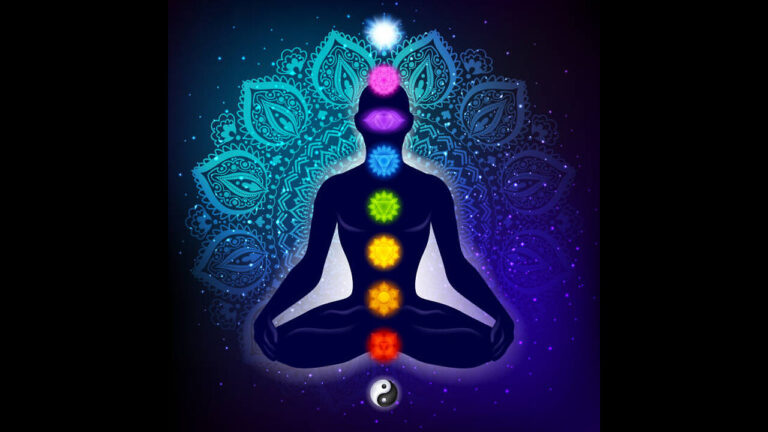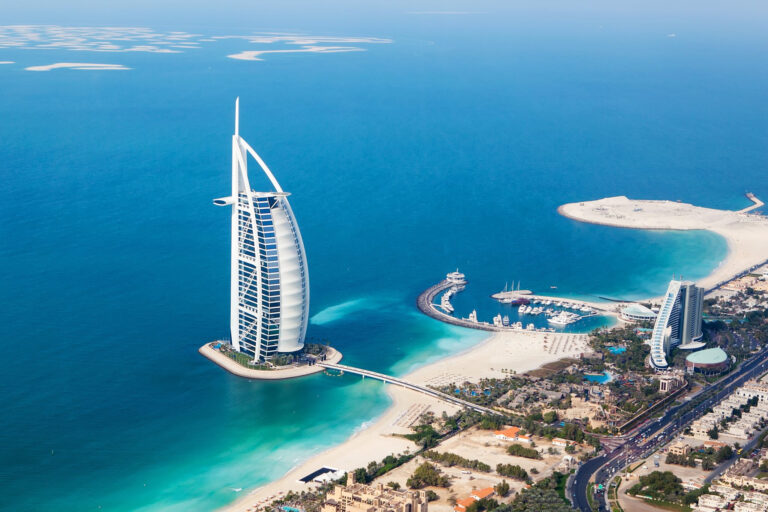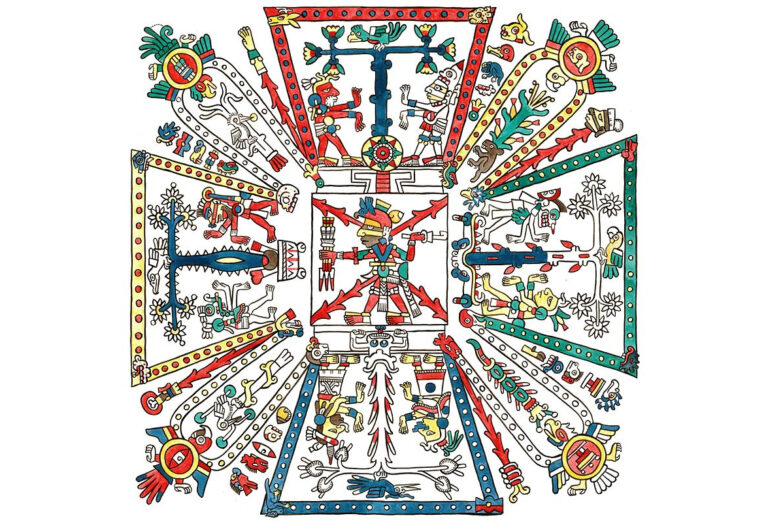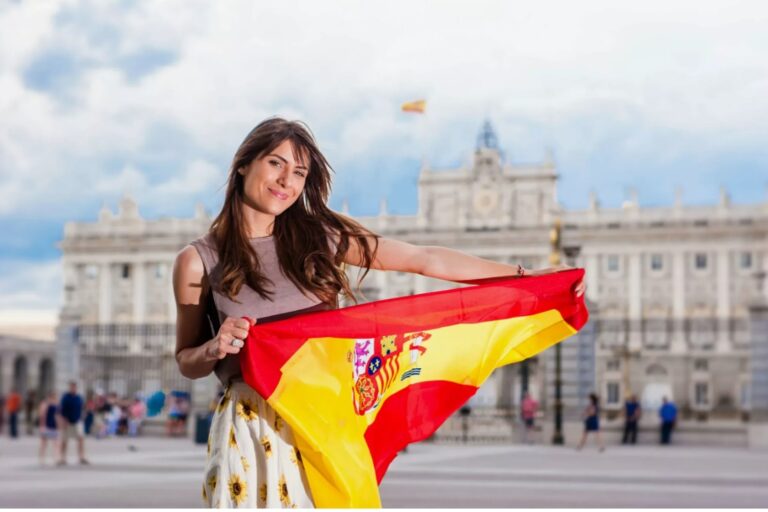Montenegro, a picturesque country on the Adriatic coast, nestled in the heart of the Balkans, boasts not only stunning landscapes, rich cultural heritage, and a fascinating history but also an attractive tax system. Let’s explore the various facets that make Montenegro a captivating destination:

CULTURE AND HISTORY
- Historical legacy:
• Montenegro’s history is marked by resilience and independence. Unlike many Balkan states, it was never fully subjugated by foreign powers.
• The name “Montenegro” (or “Crna Gora” in the local language) translates to “Black Mountain,” a reference to Mount Lovćen, a symbol of Montenegrin identity. - Cultural diversity:
• Montenegro’s culture is a blend of influences from neighboring regions: Balkan, Mediterranean, and Slavic.
• Traditional music, dance, and folklore play a significant role in Montenegrin culture. - Old royal capital:
• Cetinje, the historical capital, is a cultural center. Its museums and architecture offer glimpses into Montenegro’s past.
LANGUAGE AND ETHNICITY
- Language:
• Montenegrin is the official language, closely related to Serbian, Croatian, and Bosnian. People speak English well.
• Cyrillic and Latin scripts are both used. - Ethnic diversity:
• Montenegro is home to various ethnic groups, including Montenegrins, Serbs, Bosniaks, and Albanians.
• Tolerance and coexistence characterize the country’s ethnic relations.
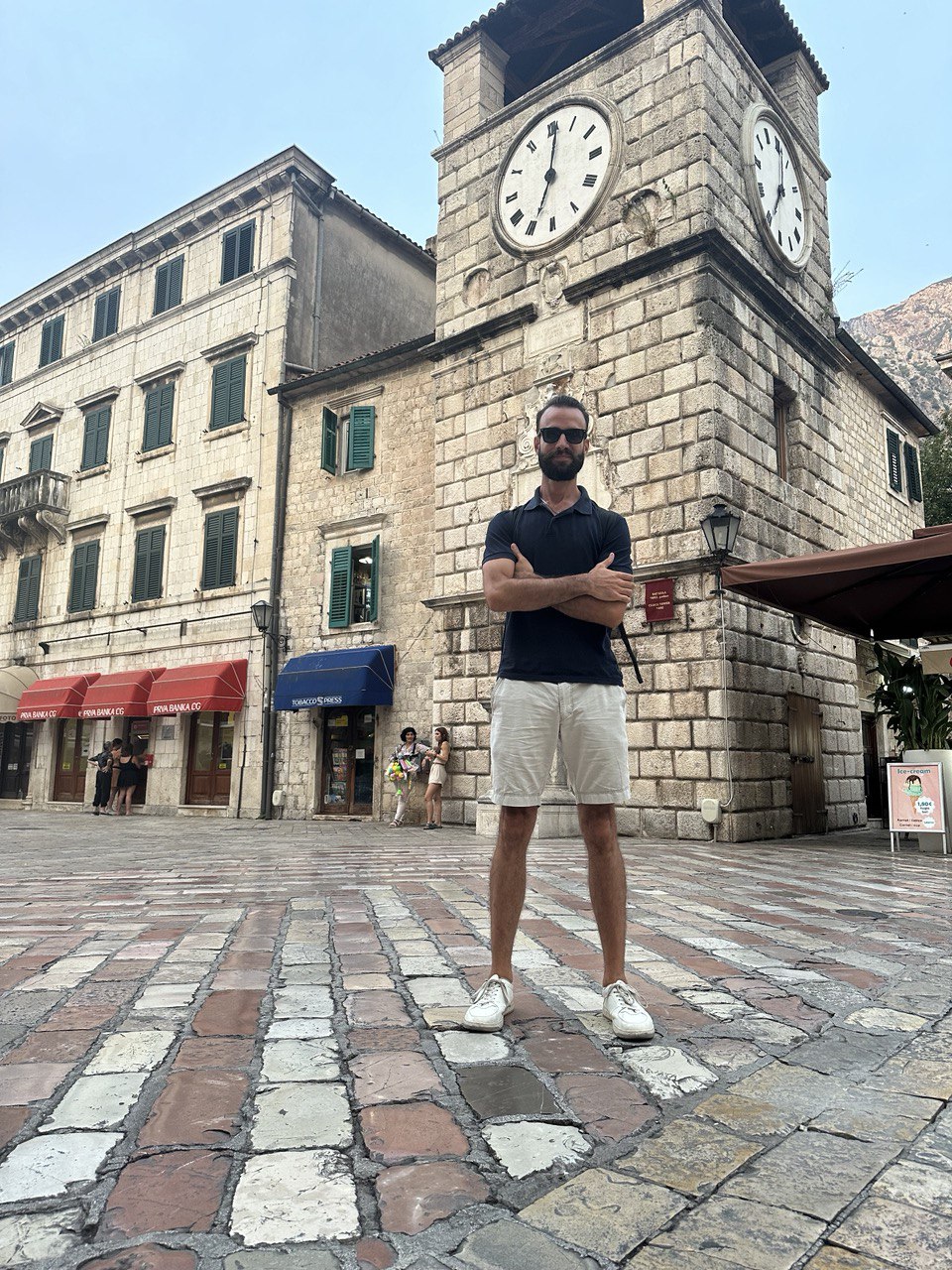
NATURE AND TOURISM
- Adriatic coastline:
• Montenegro’s coastline along the Adriatic Sea boasts pristine beaches, charming towns, and historic sites.
• Kotor Bay, a UNESCO World Heritage Site, is a must-visit. - National parks:
• Durmitor National Park, with its dramatic mountains and glacial lakes, offers hiking and winter sports.
• Biogradska Gora, one of Europe’s last primeval forests, is a natural wonder. - Lake Skadar:
• Lake Skadar, shared with Albania, is the largest lake in the Balkans. It’s a paradise for birdwatchers and nature enthusiasts. - Ostrog monastery:
• Carved into a vertical cliff, Ostrog Monastery is a spiritual and architectural marvel. - Culture heritage sites:
• Explore ancient fortresses, medieval towns, and Ottoman-era architecture. - Adventure and tourism:
• Montenegro offers activities like rafting, canyoning, and paragliding.
• The coastline is very developed to accommodate tourists. Being a candidate to join the European Union, Montenegro has decided to adopt the Euro currency, which offers an ease to European tourists.
• The cost of living there would be 47% lower than in France.
• In 2023, the foreign tourists came from: Russian Federation (23.6%), Serbia (21.5%), Bosnia and Herzegovina (8.5%), Germany (4.9%), Ukraine (4.1%), Kosovo (3.6%), and Turkey (2.9%).
MONTENEGRO’S TAX SYSTEM: A BRIEF OVERVIEW
- Residency-Based Taxation:
• Montenegro follows a residency-based tax system. Tax residents are liable for income tax on their worldwide income, regardless of the source. Non-residents, on the other hand, are taxed only on income related to a fixed base or permanent establishment (PE) within Montenegro, as well as royalties, interest, and rental income from immovable property in the country. - Personal income tax (PIT):
• As of January 1, 2022, Montenegro introduced progressive taxation for employment income and income earned by entrepreneurs (self-employment).
• Monthly salary taxation:
Salaries up to €700 (gross) are exempt from tax.
– Salaries from €701 to €1,000 (gross) are subject to a 9% tax rate.
– Salaries above €1,000 (gross) face a 15% tax rate.
• Monthly income earned by entrepreneurs:
– From €8,400 to €12,000 is taxed at 9%.
– Above €12,000 is taxed at 15%.
• Other sources of income (e.g., capital gains, interest, royalties) are subject to a flat 15% tax rate. - Local Surtax:
• In addition to PIT, a local surtax is paid to the municipality where the taxpayer resides.
• The surtax rate is 13% in most municipalities, except for Podgorica and Cetinje, where it is 15%.
• The surtax base is the amount of PIT assessed. - Corporate Tax:
• Montenegro maintains a flat corporate tax rate of 9%.
• This favorable rate attracts businesses seeking a competitive tax environment. - Value-Added Tax (VAT):
• The standard VAT rate in Montenegro is 21%.
• VAT applies to most goods and services, aligning with European standards. - Additional Considerations:
• Relevant certifications (such as CySEC and CFA) can be advantageous.
• Industry-specific experience, especially in fixed income, equities, and derivatives settlement, is beneficial.
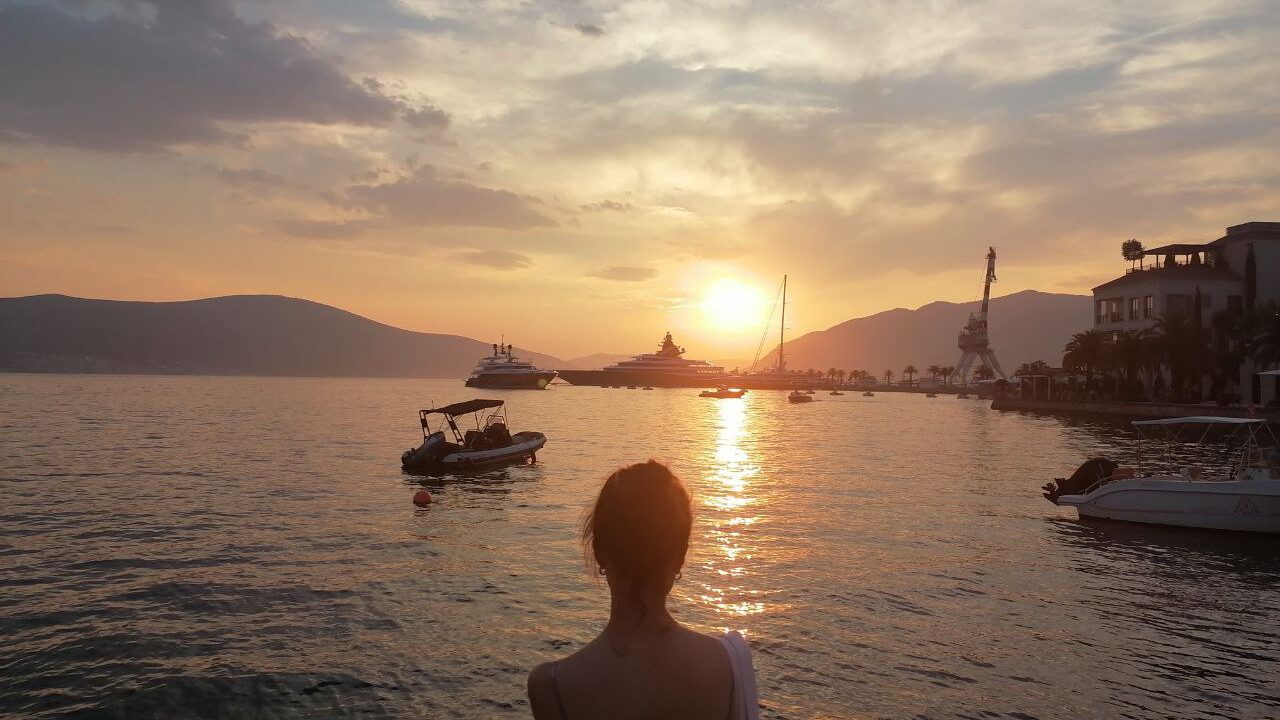
In summary, Montenegro’s blend of history, diverse culture, natural beauty, and low tax rates makes it an appealing destination for individuals and businesses alike. Whether you’re drawn to its mountains, coast, or rich heritage, Montenegro promises an unforgettable experience.
My personal opinion of my stay in Montenegro :
– Cost of life, cheaper than France but more expensive than its neighbors in the Balkans: 2€ for a coffee in Budva,
– All ATMs take a commission to withdraw money except Ziraat Bank,
– Holding a bank account in Montenegro is a mess,
– No taxi application, only through call, WhatsApp, and sometimes they ask high prices (always require a quote before booking!),
+ Prices are fixed and they don’t try to rip off tourists,
+ Credit cards are usually accepted everywhere,
+ Spaces are well developed for coworking,
+ Beaches are clean,
+ Very safe country,
+ Friendly country to import foreign cars,
+ No visa required for 90 days (EU citizens), ID card is accepted for 30 days.
Written on September 17, 2024

